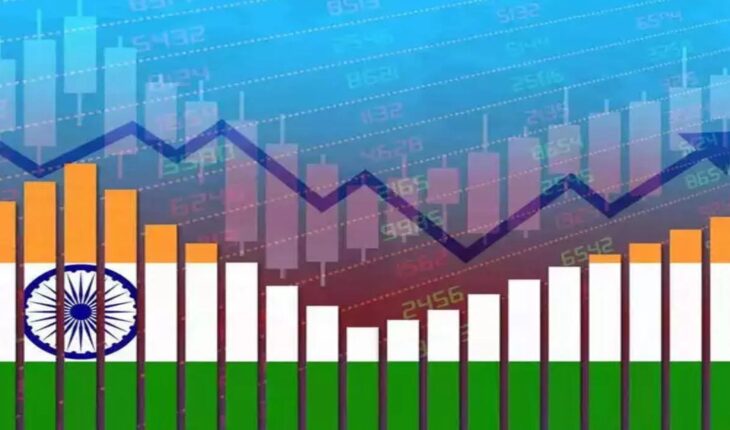New Delhi: India’s economic growth has decelerated to a 15-month low of 6.7% in the April-June quarter of fiscal year 2024-25, according to government data released on Friday.
This marks a significant slowdown from the 8.2% growth recorded in the same quarter of the previous year.
Despite the slowdown, India remains the fastest-growing major economy, outpacing China’s 4.7% growth in the same period.
The Gross Domestic Product (GDP) expanded to ₹43.64 lakh crore at constant prices, while nominal GDP reached ₹77.31 lakh crore, showing a growth rate of 9.7%.
Sectoral performance varied significantly. The agriculture sector growth decelerated to 2% from 3.7% a year ago, while the manufacturing sector accelerated to 7% from 5% last year.
The services sector, particularly financial and real estate services, slowed to 7.1% from 12.6%.
Aditi Nayar, Chief Economist at ICRA, noted a divergence between GDP and Gross Value Added (GVA) growth.
She attributed this to the normalisation of growth in net indirect taxes and suggested that the GDP growth slowdown is not a cause for alarm.
Construction showed strong growth at 10.5%, up from 8.6% last year. Electricity, gas, and water supply grew by 10.4%, a significant jump from 3.2% in the previous year.
Public administration, defence, and other services expanded by 9.5%, up from 8.3% a year ago.
The slowdown in India’s economic growth comes amid global economic uncertainties.
However, the country’s performance still outshines many major economies, maintaining its position as a key player in the global economic landscape.
Economists will be closely watching future quarters to determine if this slowdown is a temporary blip or indicative of a longer-term trend in India’s economic trajectory.





